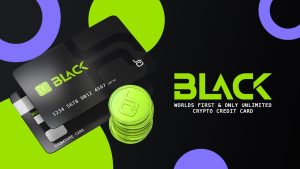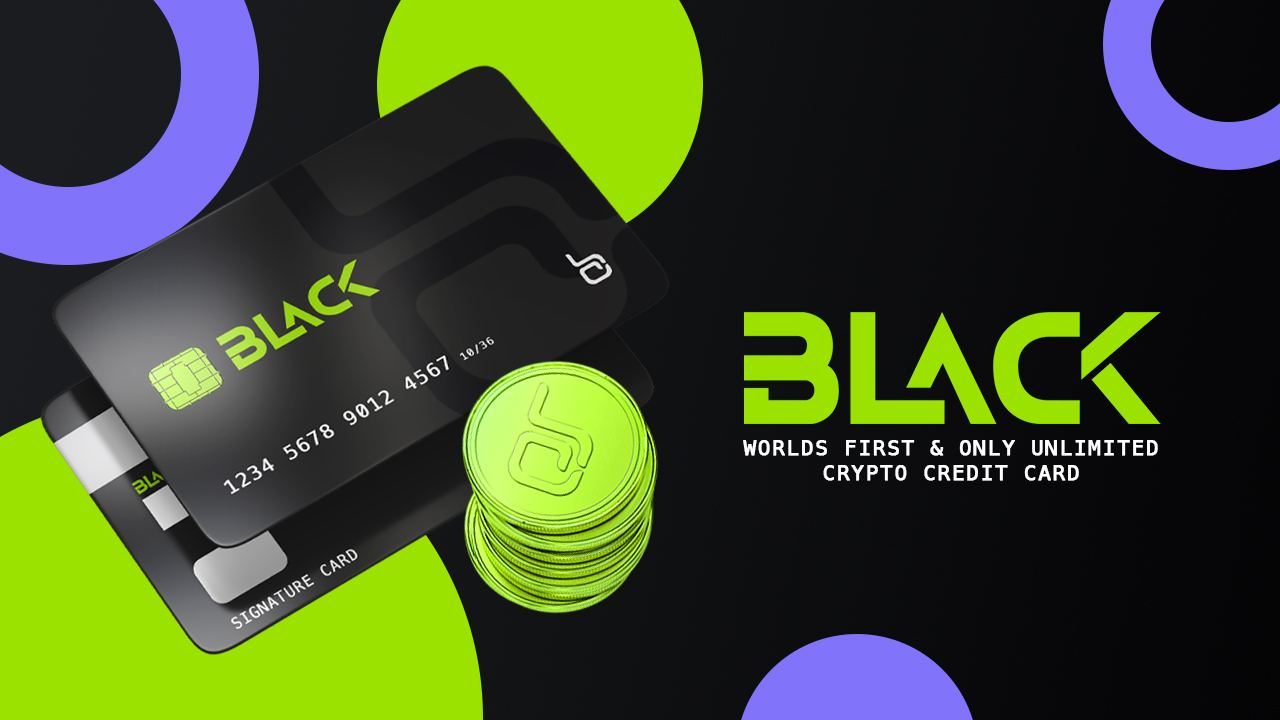How Terra traders arbitrage to benefit from LUNA and bLUNA
How Terra traders arbitrage to benefit from LUNA and bLUNA.
The end of the year is usually a time to relax and prepare for the holidays, but the crypto market has shown no signs of calm in the final weeks of 2021. One of the stories that caught the eye was that Terra hit an all-time high in Total Value Locked (TVL), overtaking the Binance Smart Chain (BSC) project to become the second largest decentralized financial blockchain after Ethereum. After hitting the $ 20 billion mark on Dec. 24, Terras TVL is at the time of writing, according to data from. dropped to around $ 19.3 billion Defi Lamabut this was not a bearish signal.
Top 5 blockchains with the highest total blocked value | Source: Defi Lama
Currently, Terra has only built 14 protocols in the chain, compared to 257 on BSC and 377 on the Ethereum network. Terra’s liquidity-attracting protocols have been hugely successful, and the recent launch of the Astroport protocol coincides with the rapid surge of Terra’s native governance token LUNA to an all-time high in December 2021.
Looking at TVL in US dollars versus LUNA, TVL in US dollars has grown exponentially since September 2021, while TVL in LUNA has remained fairly stable over the same period. It’s not hard to see that the factor that contributed to the recent surge in the US dollar TVL is LUNA’s jump.
TVL Terra in USD (left) vs. LUNA (right) | Source: Defi Lama
While an increase in the price of the governance token usually indicates investor confidence in the chain and protocol, it also appears to create more lucrative arbitrage opportunities.
Let’s take a closer look at some of the strategies used to arbitrage between LUNA and the related asset bLUNA.
LUNA price vs. LUNA / bLUNA spread in% | Source: Flipside Crypto
Why is there arbitrage in Terra Markets?
LUNA is the governance and staking token of the Terra blockchain, while bLUNA is the token that represents the staked LUNA and the corresponding block reward. Since bLUNA, like LUNA, is fungible and transferable, it is also traded on Terra’s decentralized exchange (DEX).
Like other currency pairs or tokens, LUNA / bLUNA, which is traded on different DEXs such as TerraSwap, Loop Markets or Astroport, can be valued differently due to price inefficiencies on different platforms. Arbitrage traders will benefit from buying one protocol at a lower price and selling another at a higher price, helping the platforms fix price inefficiencies and ultimately get fair prices on all exchanges.
Aside from the common reason of price inefficiency, there are other factors specifically related to the nature of bLUNA that cause LUNA / bLUNA prices to vary between protocols.
– bLUNA is more expensive than LUNA in the anchor protocol. This is due to the fact that bLUNA, which has been linked and embossed once on Anchor, can only be burned and exchanged back to LUNA after 21 days (plus 3 days processing time), unless it is burned immediately.
– Since bLUNA not only represents the value of the staked LUNA, but also the block bonus from staking out during the 21-day blocking period, its value is always higher than LUNA. As shown in the graphic below, the price of bLUNA per 1 LUNA at Anchor is mostly less than 1, with 3 outliers indicating that bLUNA is more valuable at a ratio of 0.97 bLUNA to 1 LUNA.
Hourly bLUNA per LUNA is less than 1 | Source: Flipside Crypto
Hourly bLUNA per LUNA is always less than 1 | Source: Flipside Crypto
– LUNA is more expensive than bLUNA on DEXs most of the time, probably for the following reasons:
(1) More users sell bLUNA than buy on DEX (therefore bLUNA has a lower value) because bLUNA will burn on the anchor log for 21 days if it does not burn immediately. So if users want to get their LUNA back immediately, they have to go to a DEX to sell bLUNA. (For immediate burning of bLUNA to Anchor, the scaling is the same as for TerraSwap.)
(2) Users generally don’t want bAsset as much as bLUNA unless they need to use it as anchor security. Anchor currently offers an affiliate functionality to exchange LUNA for bLUNA at a very narrow but slightly lower rate – ie investors receive less than 1 bLUNA for 1 LUNA. While rates on DEXs are better (traders get more than 1 bLUNA for 1 LUNA on a DEX), users tend to look for the most convenient way to use Anchor Bond to get bLUNA without struggling between DEXs and different protocols convert.
How to take advantage of the Terra arbitrage opportunity
Based on the arbitrage discussion presented, there are two main ways to arbitrage LUNA and bLUNA.
TerraSwap, Loop Markets and Astroport all offer swaps for LUNA / bLUNA. These DEXs often have small spreads, which creates arbitrage opportunities for traders to buy currency pairs at a lower rate on one DEX and sell them at a higher rate on another DEX.
Compare LUNA / bLUNA prices via DEXs | Source: Flipside Crypto
The following graph shows the average daily price of LUNA / bLUNA from swaps on different platforms for December 2021. The rate is the amount actually received from bLUNA (after deducting fees and slippage) divided by the amount from LUNA that is offered to the swap. As explained in the previous section, 1 LUNA exchanges more than 1 bLUNA on DEXs due to the higher demand for LUNA on DEXs.
The graph below shows the daily arbitrage gains between 2 out of 3 DEXs. The best chance is on December 15th. between TerraSwap and Loop with an annualized return (APY) of almost 600%.
OLDLUNA. Pair difference/ bLUNA between different DEXs | Source: Flipside Crypto
Distribution between DEXs and anchors
Investors can exchange LUNA for bLUNA on one of the DEXs that offer the highest bLUNA over 1 LUNA, burn bLUNA on anchor and wait 21 days (plus 3 days) to get more LUNA back. Note that the Anchor burn must be a normal “slow” burn. Instant burn won’t work as it’s the same speed as TerraSwap.
Based on a 24-day annual return (21 + 3 anchor burn processing days), the following graph shows the APY from the arbitrage between different DEXs and anchors.
Difference Between DEXs and APY Anchor vs APY Staking LUNA | Source: Flipside Crypto
The 8% APY from the LUNA liquidity stake on Lido is also compared for a risk-free benchmark return analysis. In December, the APY peaked at 80% on December 27, and from there fell well below the risk-free return for the new year.
This is likely due to Terra’s growing popularity and increased involvement in the various Terra protocols which have helped streamline pricing across all platforms, reducing price inefficiencies and business opportunities, thereby creating a more even price.
Savvy investors are always on the lookout for the next opportunity
According to swap data from December 2021, there are many LUNA / bLUNA arbitrage opportunities via various protocols on Terra. Traders can choose the riskier route of arbitrage between various DEX platforms such as TerraSwap, Astroport and Loop Markets, or take the safer route between these DEX platforms and Anchor, as long as they are willing to hold bLUNA for 24 days.
The DEX and Anchor-Arbitrage annual returns consistently outperformed risk-free liquidity on the Lido in December 2021, until recently the returns were all but gone on January 1, 2022.
This is likely due to more people participating in the Terra Protocols and rationalizing prices. Due to fluctuations in trading volume and participation, or due to the introduction of new DEX protocols, arbitrage opportunities are likely to arise again in the future.
Join Bitcoin Magazine Telegram to keep track of news and comment on this article: https://t.me/coincunews
Follow the Youtube Channel | Subscribe to telegram channel | Follow the Facebook page






















